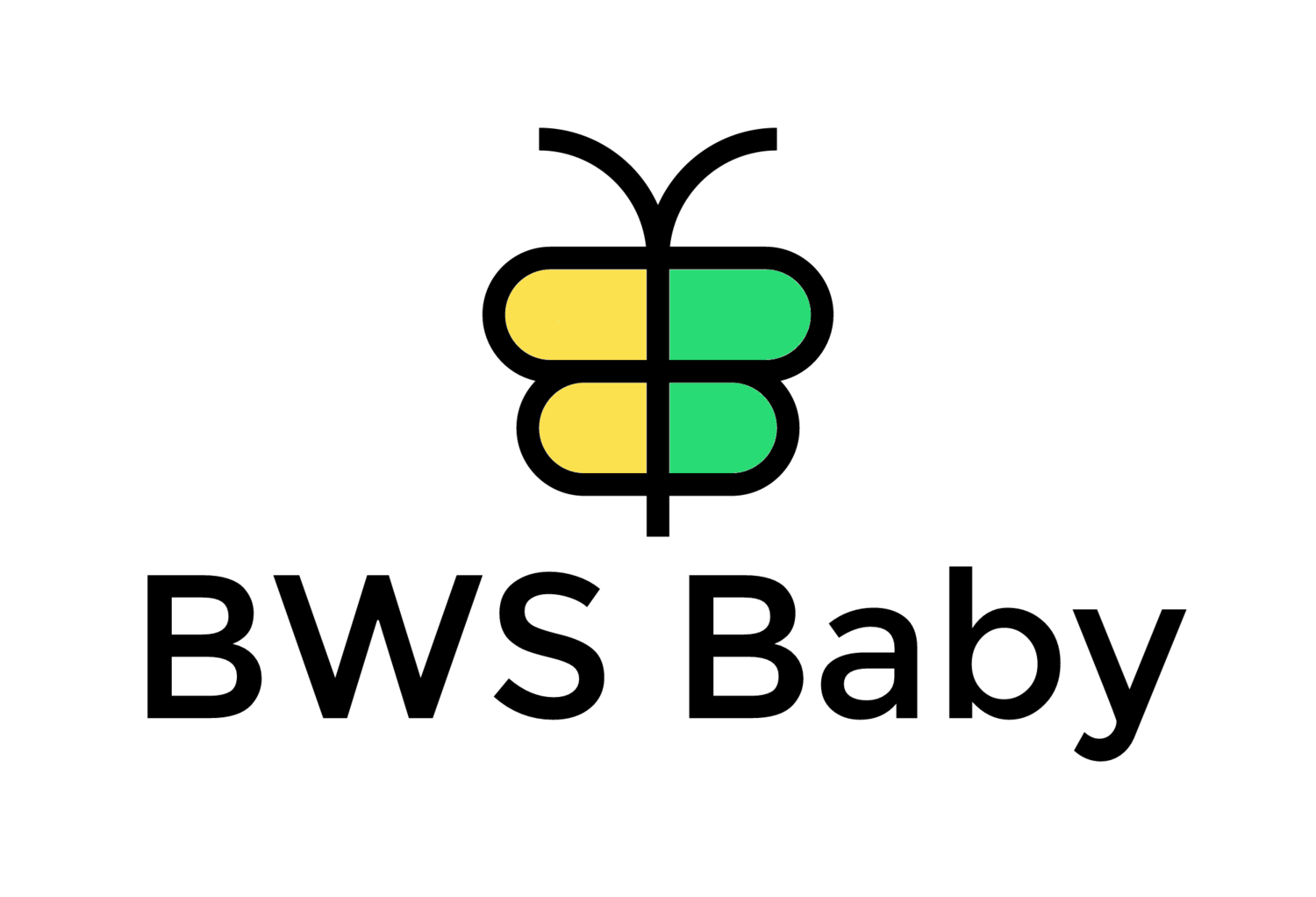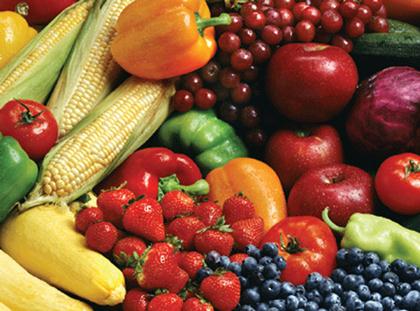Nutrition for Children with Cancer
/Nutrition for Children with Cancer
In honor of Childhood Cancer awareness month, I wanted to post this great article I found on the American Cancer Society's website. It is a lengthy article that can be downloaded to your computer and they talk about everything from healthy foods options to how to cope with reactions to different cancer treatments.
The Importance of Protein
The American Cancer Society states that protein is important, especially for children with cancer, because the body uses protein to grow, repair tissue, and maintain skin, blood cells, and immune system. If children with cancer do not get enough protein, then their bodies will begin to break down muscle for fuel. This causes recovery to take longer and can lower resistance to infections. Work with your child’s cancer care team to figure out their specific needs.
The best sources of protein include fish, poultry, lean red meat, eggs, dairy products, nuts and nut butters, dried beans, peas and lentils, and soy foods.
How to add protein to your child's diet?
Milk products
Give your child cheese on toast or with crackers.
Add grated cheese to baked potatoes, vegetables, soups, noodles, meat, and fruit.
Use milk instead of water when cooking hot cereal and cream soups.
Include cream or cheese sauces on vegetables and pasta.
Add powdered or undiluted evaporated milk to cream soups, mashed potatoes, puddings, and
casseroles.
Add yogurt or cottage cheese to favorite fruits or blended smoothies.
Eggs
All eggs should be well cooked to avoid the risk of harmful bacteria.
Keep hard-cooked eggs in the refrigerator. Chop and add to salads, casseroles, soups, and
vegetables. Make a quick egg salad.
Pasteurized egg substitute is a low-fat alternative to regular eggs.
Meats, poultry, and fish:
Add leftover cooked meats or fish to soups, casseroles, salads, and omelets.
Mix diced and flaked meat with sour cream and spices to make dip.
Beans, legumes, nuts, and seeds
Sprinkle seeds or nuts on desserts such as fruit, ice cream, pudding, and custard. Also serve on
vegetables, salads, and pasta.
Spread peanut or almond butter on toast and fruit or blend in a milkshake.
Creative ways to help your child take in more protein
The American Cancer Society provides these tips to "help your child eat better. Eating as well as possible is important for children with cancer, but don’t make food a battleground. And always talk to the health care team if you’re worried that your child isn’t eating or drinking enough. They can help you with this before it becomes a serious problem.'
· Serve your child small meals and snacks throughout the day, rather than 3 large meals. Good
snacks are peanut butter and crackers, cheese sticks, pudding, fruit roll-ups, and cereal and
milk.
· Let your child eat whenever she feels hungry, and be sure to include high-calorie, high-protein
foods. Fat is a rich source of energy, so more fat can be helpful during times that your child is
having trouble taking in enough calories. High-fat items such as hamburgers, fries, pizza, and
ice cream give calories, protein, and other key nutrients.
· Have your child eat their biggest meal when she feels hungriest. For example, if she is
hungriest in the morning, make breakfast the biggest meal.
· Use the Choose My Plate Food Guidance System as a guide for good nutrition. You can learn
more about this at www.choosemyplate.gov.
· Try to get your child to drink most of her fluids between meals instead of with meals. Drinking
fluid with meals can make her feel too full.
· Use colorful cups, mugs, and straws to encourage your child to drink fluids throughout the day.
· Use cookie cutters to cut shapes from sandwiches, gelatin, meats, and cheeses.
· Make faces out of fruits and vegetables. (Many children’s cookbooks have examples.)
· Serve food in unusual containers or on cartoon character plates.
· Have picnics. (You can use the backyard, the living room, or even the attic.)
· Let your child help plan meals and prepare the food. Help with planning can be as simple as
letting the child choose between 2 vegetables.
· Invite your child’s friends to share meals.
· Plan ahead for meals missed because of things like doctors’ appointments and treatment
appointments. Take along juice packs, snacks, and non-perishable foods, such as fruit cups,
puddings, and cheese and crackers.
· Talk to your child’s teachers about letting them eat or drink in the classroom.
· Encourage your child to be physically active. Activity may make them want to eat.
· Encourage your child to eat more when she feels well.
If you get a chance, I highly recommend you visit the American Cancer Society website link located at the top of this page. It has several articles and information on childhood cancer. I wish you all the best in your journey.


